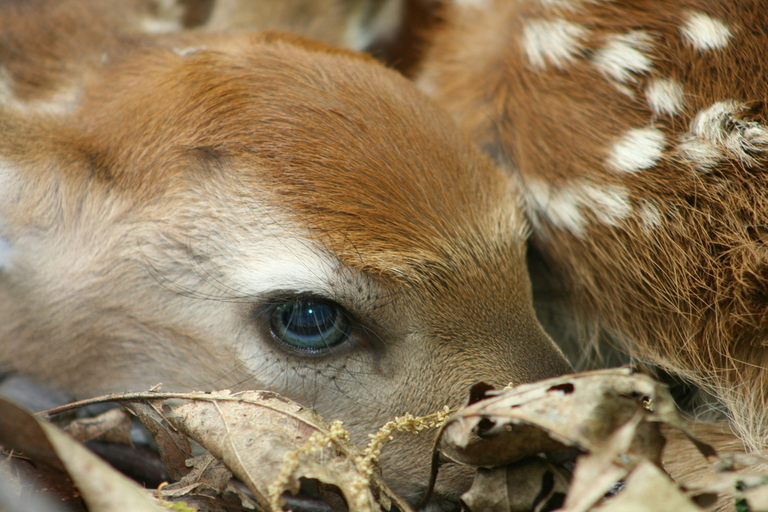
For this round of the Amazing Nature Competition, I am happy to share a few images taken from this last weekend of a White-tailed Deer (Odocoileus virginianus) fawn.
While hiking along a bog in western Michigan, USA, I came across this young deer laying peacefully in a bed of dead leaves not far from the trail. Tranquil and silent, I could have very easily walked right past the young fawn had I not noticed the bright white spots adorning the fawns back contrasted against the brown-grey forest floor. He or she was so young that I would not be surprised if I was the very first human being that they had ever laid eyes on.
When people come across fawns such as this one laying alone in the woods, tall grass, or even their lawns, they often assume that the fawn has been abandoned by their mother. This is almost always not the case. When they are very young, fawns are often left by their mothers in secluded areas to hide while their mother goes off to forage. By separating, the mother does not draw undue attention to her young offspring when he or she would be too small and weak to outrun predators. Instead, the fawns rely on their white, speckled camouflage and stillness to evade predation in these early weeks. The white spots on their backs are meant to resemble dappled sunlight peaking through the overstory to forest floor below. Combined with their stillness and lack of strong scent, they are very effective at evading predators. In a few weeks time, this young fawn will be strong enough to accompany its mother while foraging and will no longer need to hide in this manner.
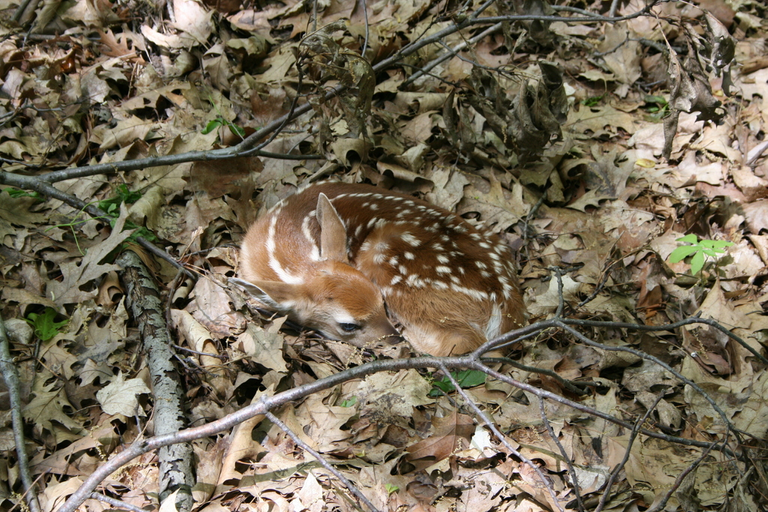
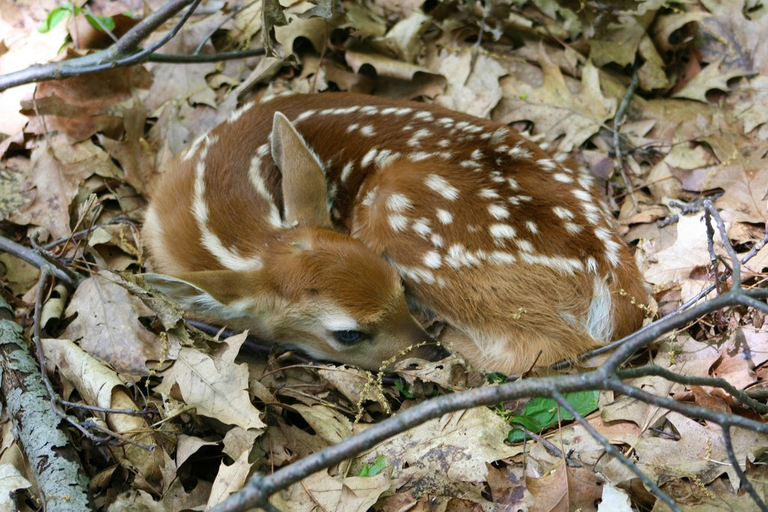
While I slowly approached the fawn, I was taken aback by the bright blue, inquisitive eyes that peered back at me. White-tailed deer are very common in my region of the world, and they are often so acclimated to humans that they will allow one to approach them if done slowly and nonthreateningly. Often, these deer seem more curious than frightened when it comes to interacting with humans. That being said, in all of my close encounters with bucks and does alike, I could not recall ever seeing a deer with blue eyes, only yellow-brown.
After returning home to research further, I learned that when they are very young, white-tailed deer fawns do often have bright blue eyes. As they mature, the eyes will develop to take on the dark yellow-brown hue that is characteristic of mature white-tailed deer.
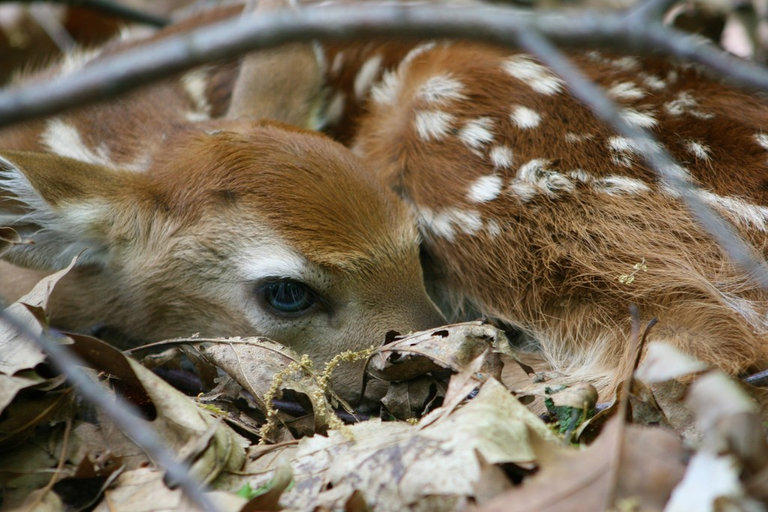
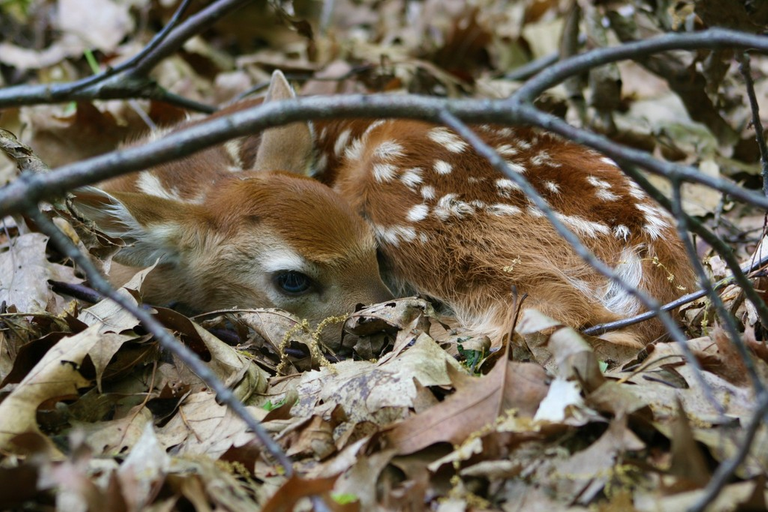
I found this encounter particular special and humbling since it was a reminder that even the animals that I find the most mundane are still so alien to me; that is to say, there is always more to learn about the natural world around me regardless of how familiar it may already seem.
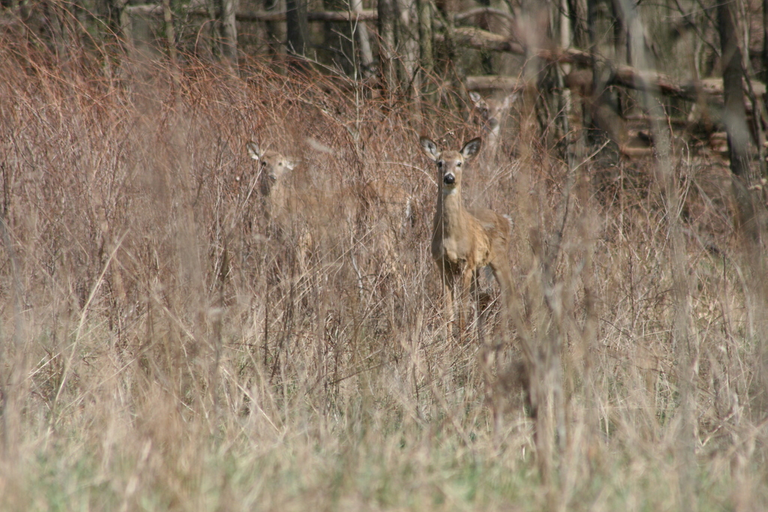
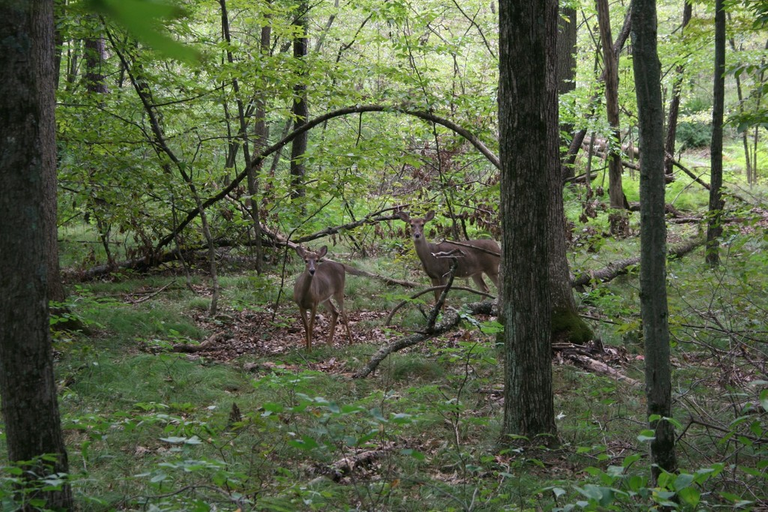
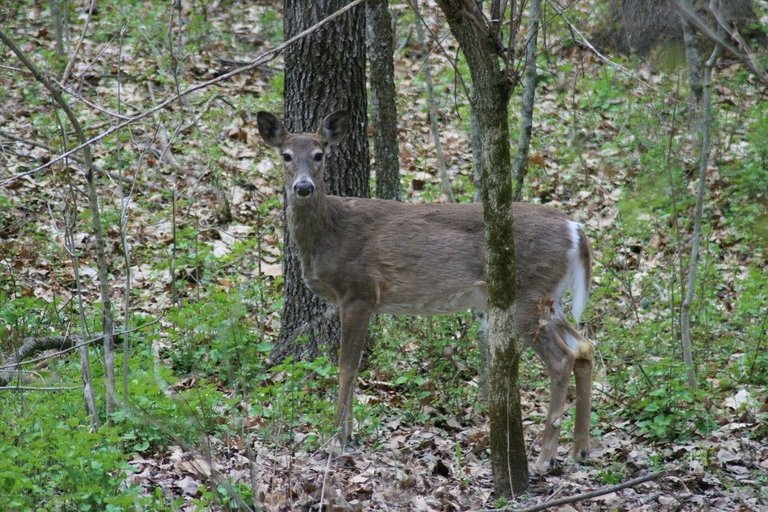
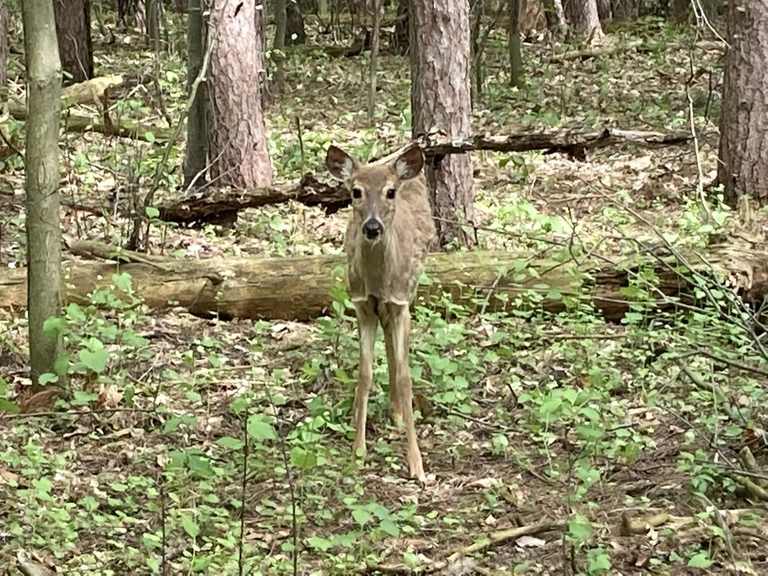
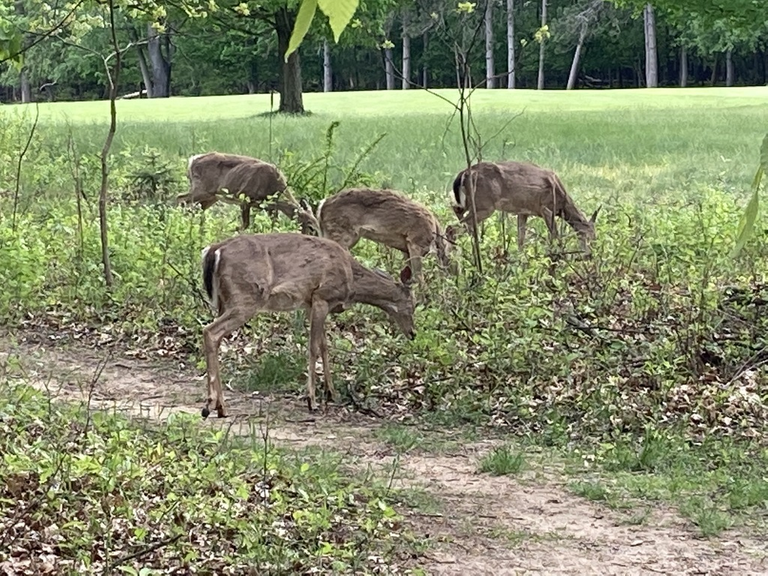
PeakD reflink: https://peakd.com/register?ref=tych021
My NFT Showroom gallery: https://nftshowroom.com/tych021/gallery
NFTShowroom reflink: https://nftshowroom.com/?r=tych021
Twitter: https://twitter.com/tych021
Creary Gallery: https://creary.net/@tych021/projects
Publish0x reflink: https://www.publish0x.com?a=M7e58kDYd2
Vimm.tv: https://www.vimm.tv/tych021


